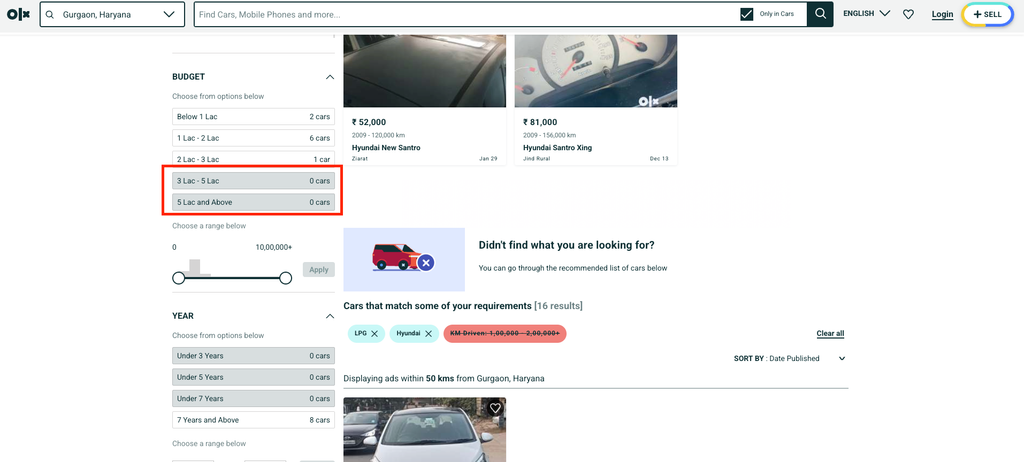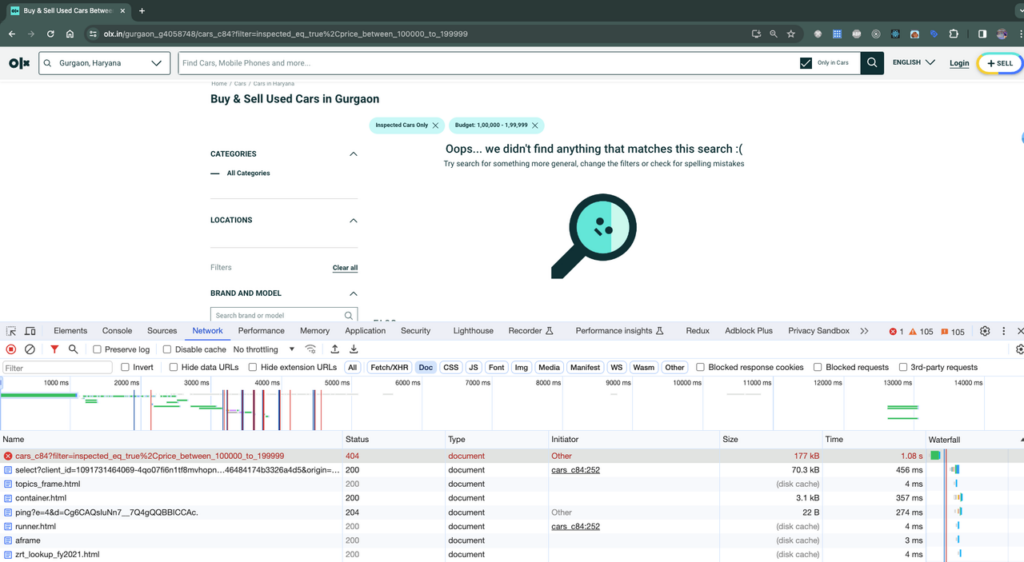What if I told you that in just 14 months, we achieved an almost 160% increase in daily clicks, a 50% rise in daily impressions, and significantly improved our search rankings? That’s exactly what we accomplished at OLX India through a well-executed SEO strategy.
SEO is not an overnight game—it takes persistence, data-driven optimizations, and continuous improvements. Over this period, we transformed our non-branded traffic, improved rankings, and enhanced user engagement across major categories like Cars, Properties, and Jobs. But the impact didn’t stop there. Our overall traffic also saw a substantial boost, with clicks and impressions increasing by 30% and average search position improving by 4 points—a clear indicator of enhanced visibility and discoverability.
In this blog, We’ll break down exactly how we did it, the challenges we faced and the key strategies that worked, and the takeaways that can help any marketplace or classifieds platform achieve similar growth. Let’s dive in!
But before we dive in let’s talk about…
What is SEO?
SEO, or Search Engine Optimization, is the practice of optimizing a website or online content to improve its visibility and ranking on search engine results pages (SERPs). The goal is to attract more organic (non-paid) traffic from users who are searching for information, products, or services related to the website’s content.
The key components of SEO are listed below. A website that meets all these criteria will achieve a high ranking.

but we might be thinking…
Why do we need SEO?
SEO is essential for several reasons, especially in today’s digital landscape, where online visibility can significantly impact a business’s success. It is a crucial component of a comprehensive digital marketing strategy. It helps improve your online presence, attract targeted traffic, build credibility, and achieve long-term business goals.
Some key reasons why SEO is important:

So now as we know why SEO might be a crucial component for any business having an online presence let’s discuss the issues, challenges and the fixes we did to unleash the traffic growth.
How did we improve SEO ?
We focussed majorly on Technical SEO and On-Page SEO to boost the traffic as part of SEO initiatives.
Technical SEO Improvements
1. Fix High 404s
Achieved a 99.5% Reduction in 404 Errors 🏆
On the OLX India platform, key pages such as the Homepage, Listing Page, and Product Detail Pages (PDP) are indexed by Google. With over 100K ads posted daily, each ad follows a lifecycle and expires after a set period (e.g., 30 days). This leads to millions of expired listings (PDP pages), resulting in a large number of 404 pages being indexed and crawled by Google and other bots, ultimately diluting crawl bandwidth.
To address this, we implemented a redirection mechanism for expired or obsolete PDP pages, directing users to the parent listing page. This ensures that if a specific item is no longer available, users are guided to similar listings, improving both user experience and SEO efficiency.
On the listing page, filter links are dynamically generated based on category, location, filters, and item count. This resulted in millions of pages, including pages with no inventory, leading to empty listing pages and contributing to crawl bandwidth dilution and 404 errors.
To resolve this, we removed or greyed out links that led to zero-inventory pages. This effectively prevented the creation of Zero Results Pages (ZRP), optimizing crawl efficiency and conserving bandwidth.

We also modified the response code for listing pages with no inventory by returning a 200 status code while adding the noindex, nofollow directive to prevent indexing and crawling in such cases.

Serve a 410 Status Code for Expired Images: When an image of a posted ad is deleted or expired, returning a 410 Gone status signal to crawlers that the resource has been permanently removed. This is a stronger directive than a 404 Not Found, ensuring search engines quickly de-index such images and optimize crawl efficiency.
Redirect Malformed URLs to Correct Paths: We implemented redirections for incorrect URLs, such as /en/pagelink to en-in/pagelink, ensuring users and crawlers reach the intended pages. This eliminated unnecessary “404 errors”, improving both user experience and SEO.
Results: Achieved a 99.5% Reduction in 404 Errors 🏆
2. Fix High Soft 404 Error Pages Fix
Achieved a 93% Reduction in Soft 404 Errors 🏆
High Soft 404 errors occur when a page returns an HTTP 200 status code but contains little to no meaningful content. This poses an SEO issue since the page provides minimal or no value to users and search engine crawlers.
To resolve this, we implemented error tracking and monitoring for all APIs in New Relic. By analyzing performance metrics, we identified and fixed APIs with high error rates, especially during peak load times. We prioritized critical endpoints like search and feed APIs, as they were essential for rendering high-traffic pages such as the listing and home pages.
and the result … 93% Reduction in Soft 404 Errors.
3. Fix High 5XX Error Pages
To resolve the intermittent 502 errors in Google Search Console, we aligned the timeout settings between the Node.js application and the AWS Elastic Load Balancer (ELB). NodeJs has a default timeout of 5 seconds. ELB timeout was 60 seconds.
We updated the NodeJs idle timeout setting to a higher value, ie 61 seconds, to avoid situations where the ELB waits longer than necessary for a response. This alignment prevented timeouts from mismatching and helped eliminate the 502 errors.

4. Enhance SSR Page
Previously, the item page was lazy-loaded, meaning content would load only when a section came into view. This approach resulted in only a portion of the page being server-side rendered (SSR), which limited the visibility of the rest of the page for crawling.
The change involved rendering the entire page server-side for Product Detail Pages (PDP). The trade-off in load time was minimal compared to the significant SEO benefits gained by rendering the full page for crawlers.
5. Fix Page Indexing Rules
Implemented the addition of the noindex, nofollow directive for multi-filter pages, pages with no inventory, and categories that should not be indexed. This update helped search engines better understand which pages should be indexed and which should be excluded from search results.
6. Improve Load Time via Caching
- API Caching with Redis/Akamai: We enabled caching the static content from APIs like categories, SEO tags, and popular searches to ensure faster load times while preserving content consistency. This not only improved user experience but also helped search engines crawl the content more efficiently, leading to better indexing and ranking.
- HomePage/Listing Page Caching: We implemented full-page caching of the homepage which boosted Time to First Byte (TTFB) and improved the Largest Contentful Paint (LCP) score, both of which are critical for SEO. A faster-loading page enhanced crawlability and positively impacted SEO rankings by improving user engagement and reducing bounce rates.
Key Takeaways
- Technical SEO Drives Growth: Fixing 404 errors, soft 404s, and server issues boosts crawl efficiency and rankings.
- 404 Error Management Enhances SEO: Redirecting expired pages, handling zero-inventory pages, and using correct status codes optimize indexing.
- API Optimization Reduces Soft 404s: Monitoring and fixing API errors improved page quality and reduced soft 404 errors by 93%.
- Timeout Alignment Prevents 5XX Errors: Adjusting Node.js and ELB timeouts eliminated 502 errors, ensuring accessibility.
- Full SSR Boosts Visibility: Rendering full Product Detail Pages (PDP) improved search engine indexing.
- Index Control Saves Resources: Using
noindex, nofollowfor low-value pages prevented wasted crawl budget. - Caching Enhances Performance: API and full-page caching improved load times and search rankings.
With critical technical SEO fixes in place, we turned to on-page SEO enhancements—optimizing content, enhancing user experience, and strengthening ranking signals. The impact? 🚀 Non-branded traffic soared—clicks up 160%, impressions up 50%, and CTR up 14%. Plus, a 40% ranking boost increased visibility like never before.
Want the full story? Check out Part 2 for the on-page SEO strategies behind this growth! 🚀👉
